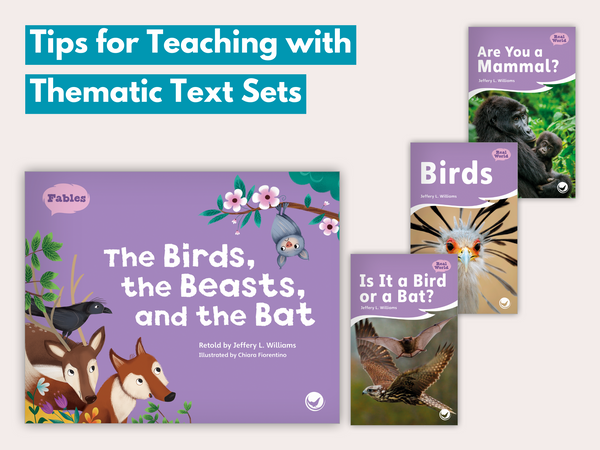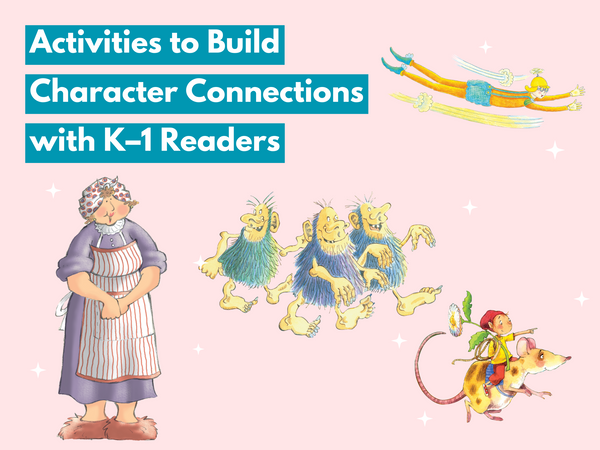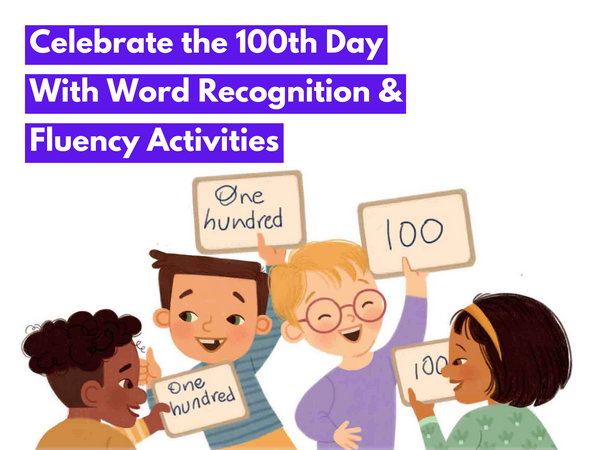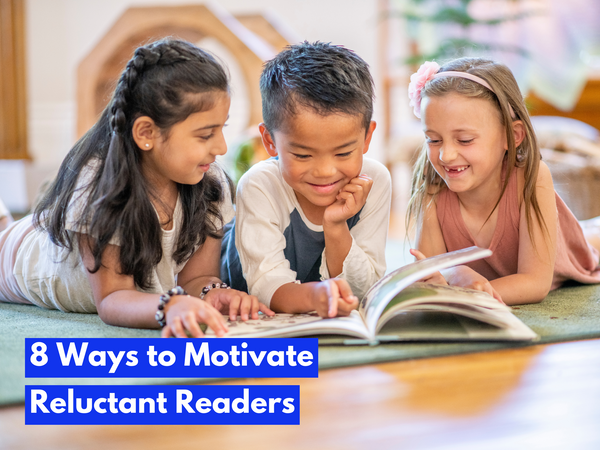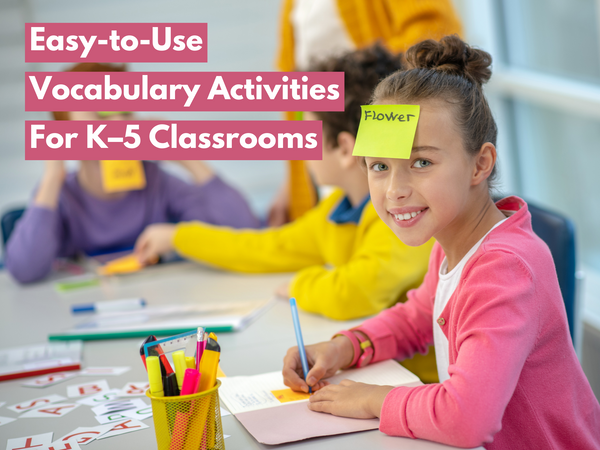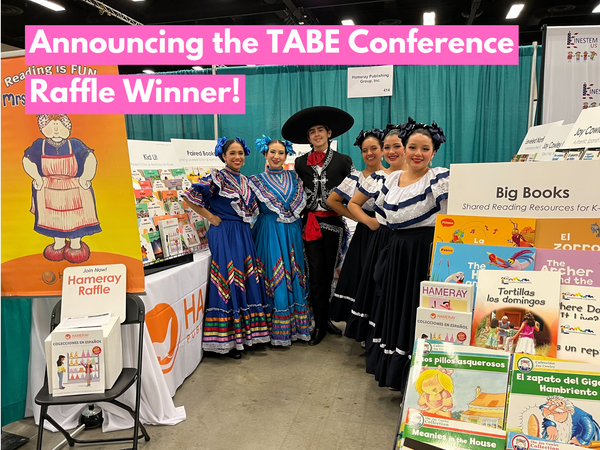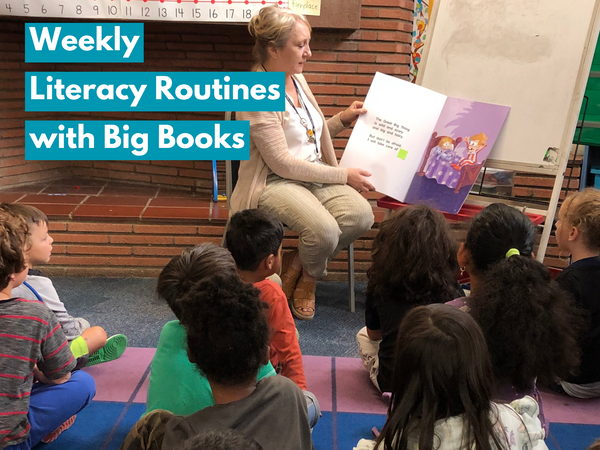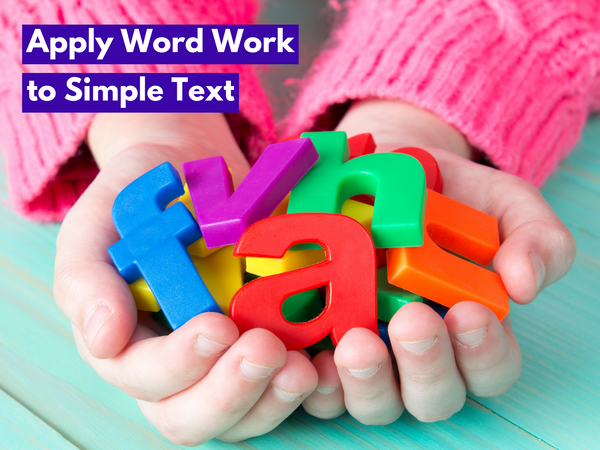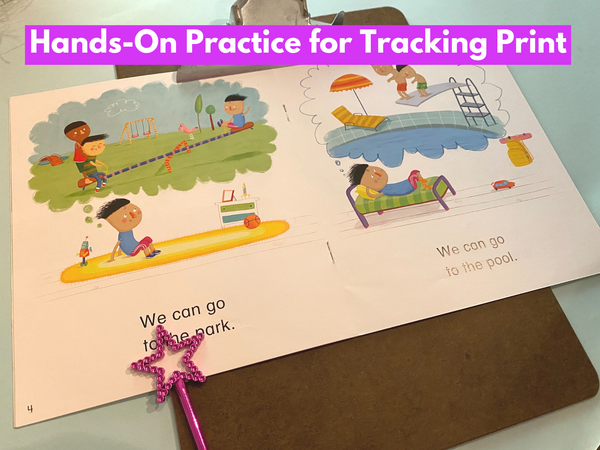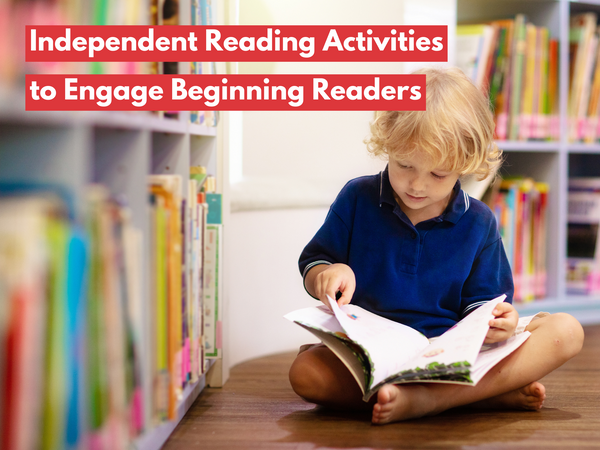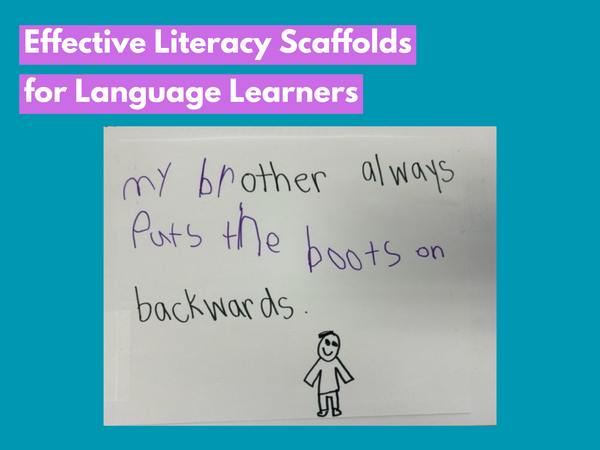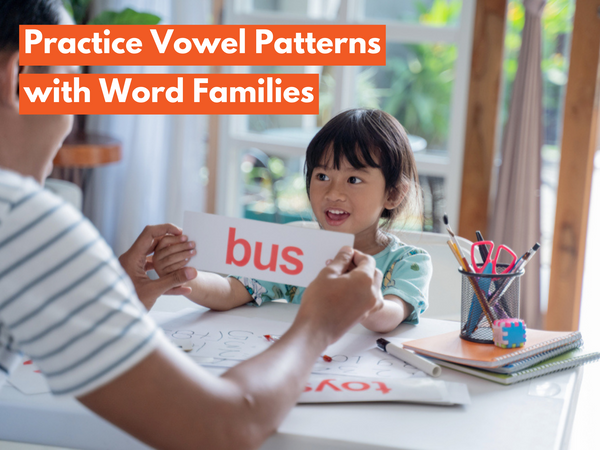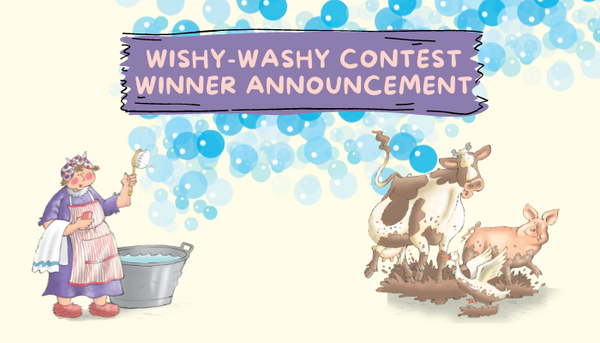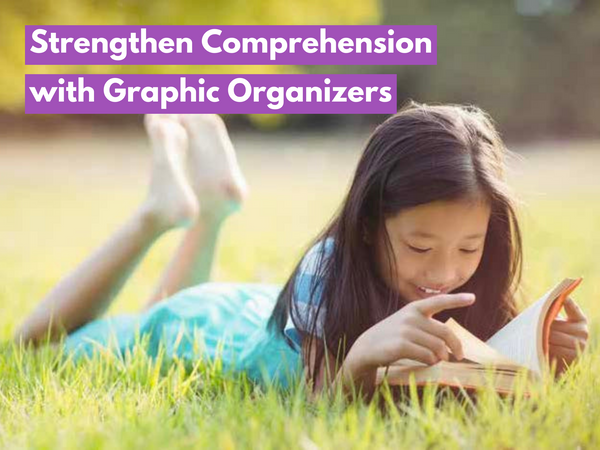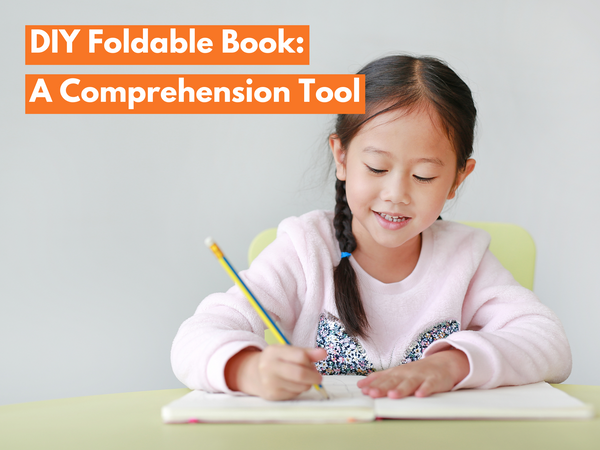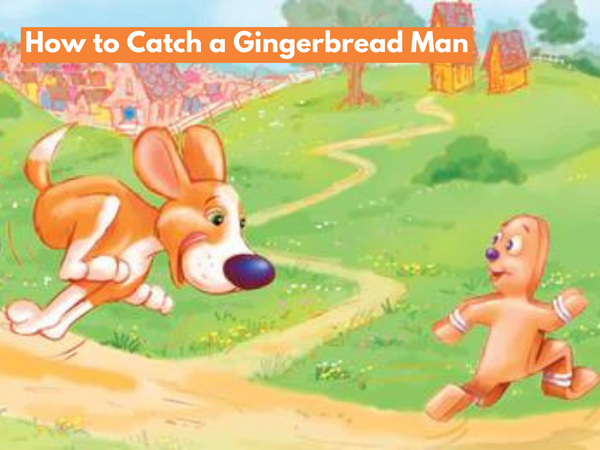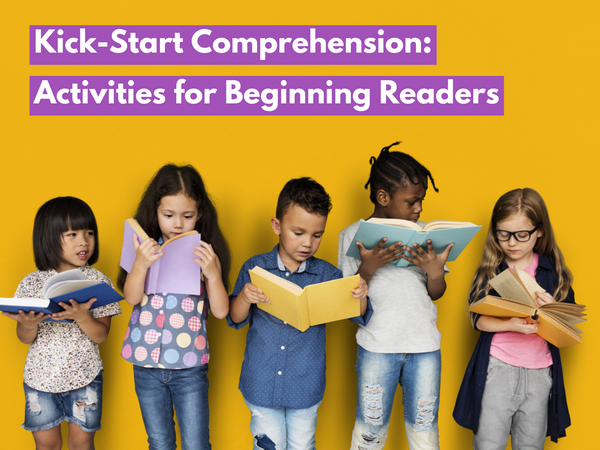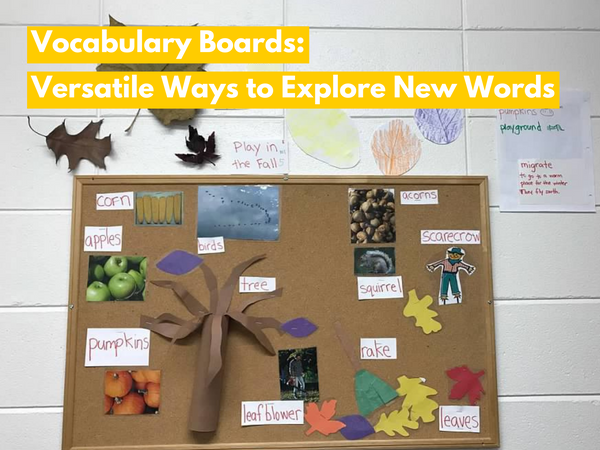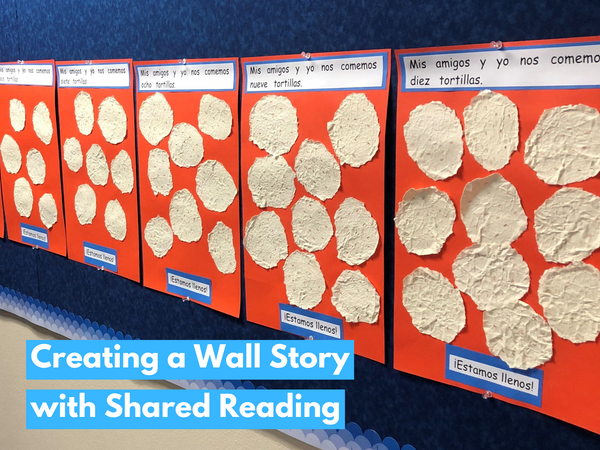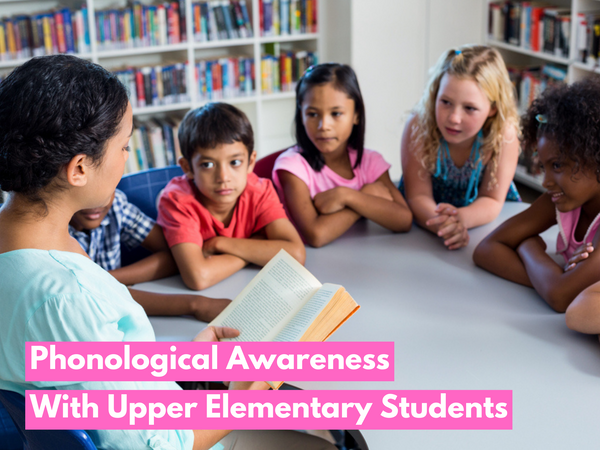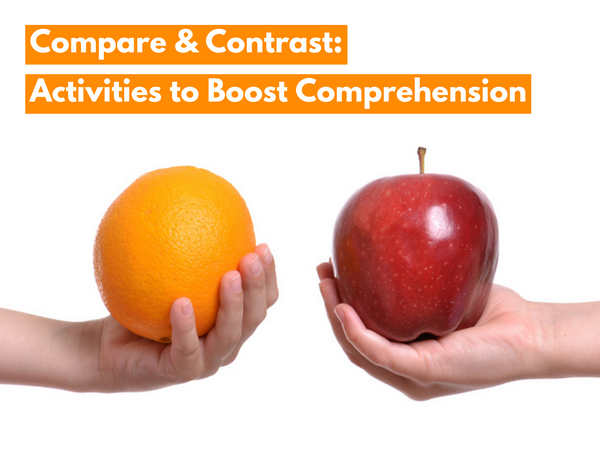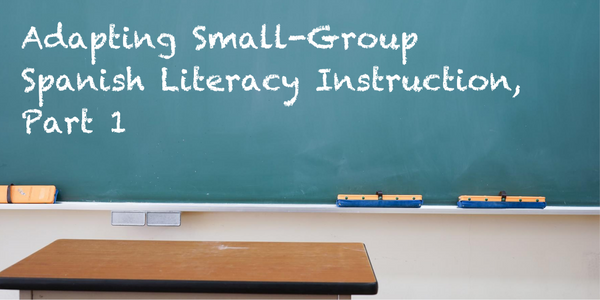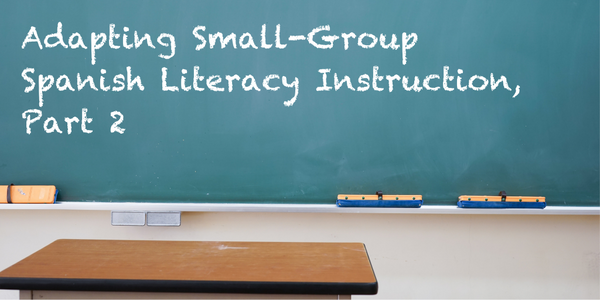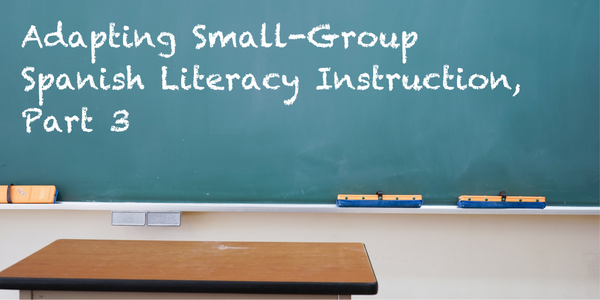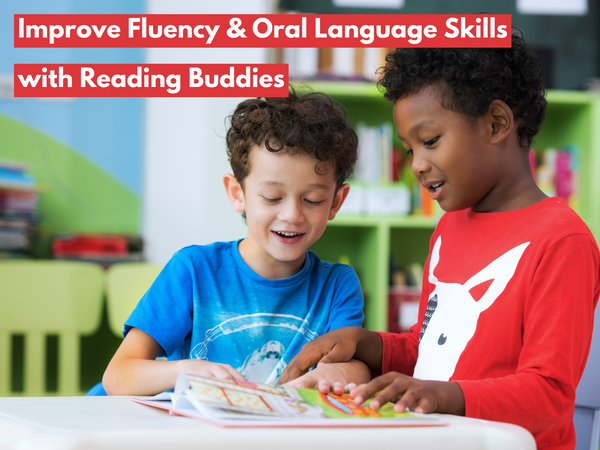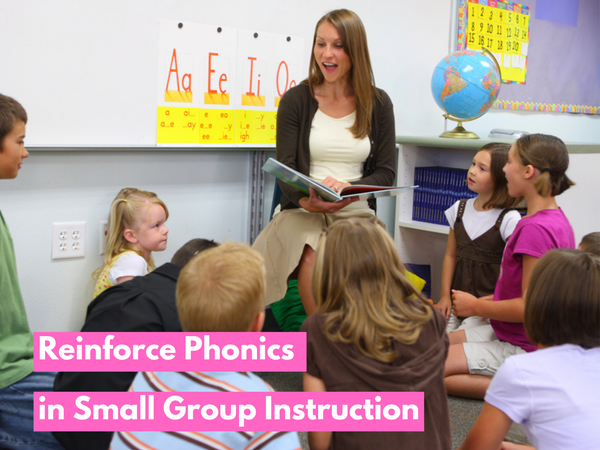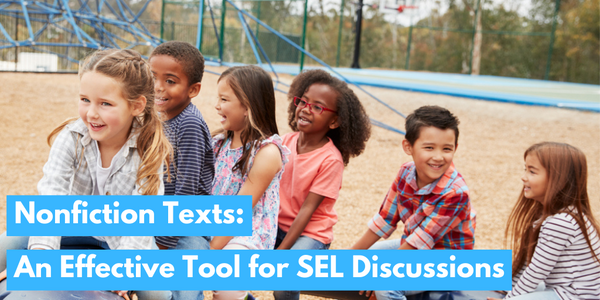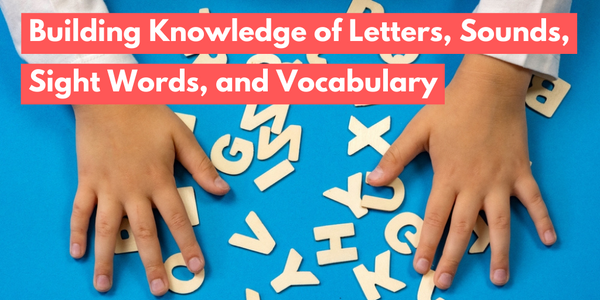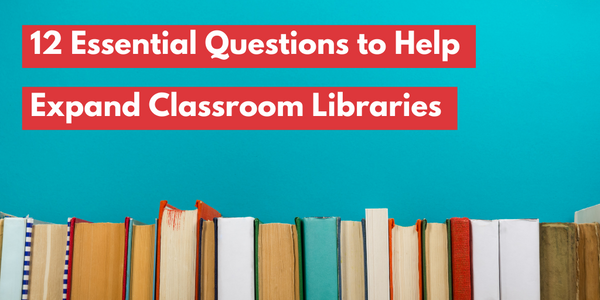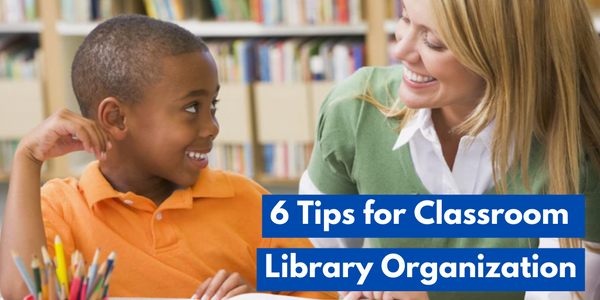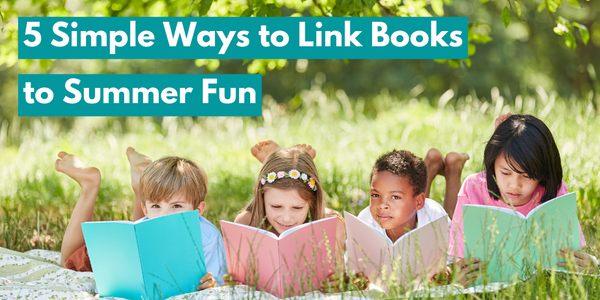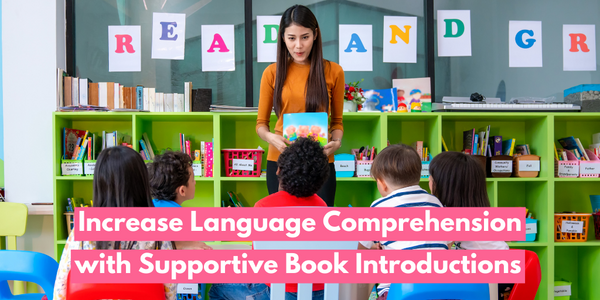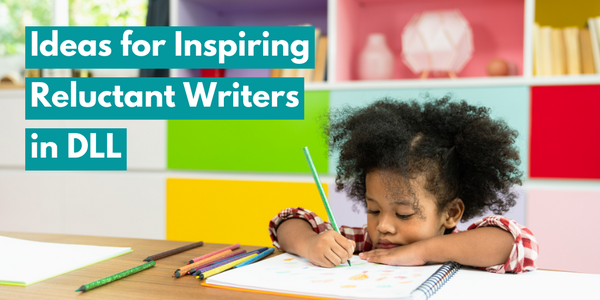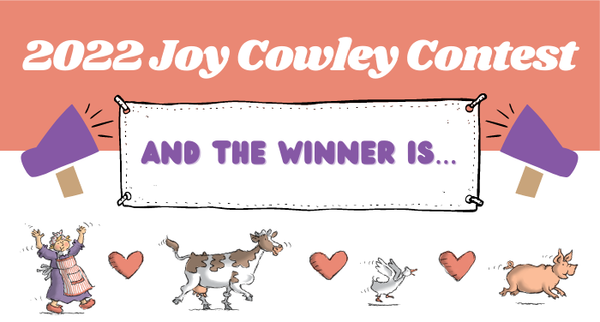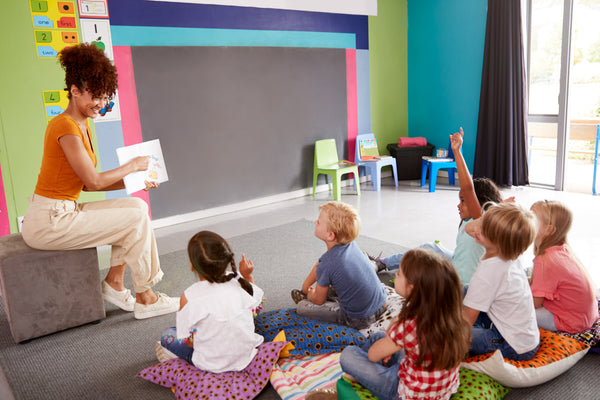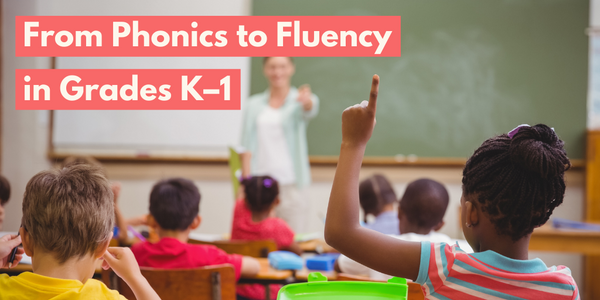
The Common Core State Standards (CCSS) require students to gain exposure to a wide variety of texts, including narrative text (literature) and informational text. The CCSS for English Language Arts states the following:
"Whatever they are reading, students must also show a steadily growing ability to discern more from and make fuller use of text, including making an increasing number of connections among ideas and between texts."With this idea in mind, the Story World Real World series was created. Written by Alan Trussell-Cullen, this series is leveled for the first- and second-grade reader. It takes traditional story tales, updates them with modern, easy-to-read language and bundles them with a set of informational texts that tie in to real-life elements of the narrative text that children might be curious about. Today we will focus on the narrative texts, and how they can be used to satisfy the literature standards required for the early elementary classroom. For easy reference, I've reproduced here the standards that students are expected to meet with regards to prose literature in the sidebar.*|
Narrative Text and Literature Standards: Grade 1 Students should be able to do the following: ~ Ask and answer questions about key details in a text. ~ Retell stories, including key details, and demonstrate understanding of their central message or lesson. ~ Describe characters, settings, and major events ina story, using key details. ~ Identify words and phrases in stories that suggest feelings or appeal to the senses. ~ Explain major differences between books that tell stories and books that give information, drawing on a wide reading of a range of text types. ~ Identify who is telling the story at various points in a text. ~ Use illustrations and details in a story to describe its characters, setting, or events. ~ Compare and contrast the adventures and experiences of characters in stories. ~ With prompting and support, read prose of appropriate complexity for grade 1. Grade 2 Students should be able to do the following: ~ Ask and answer such questions as who, what, where, when, why, and how to demonstrate understanding of key details in a text. ~ Recount stories, including fables and folktales from diverse cultures, and determine their central message, lesson, or moral. ~ Describe how characters in a story respond to major events and challenges. ~ Describe how words and phrases (e.g., regular beats, alliteration, rhymes, repeated lines) supply rhythm and meaning in a story. ~ Describe the overall structure of a story, including describing how the beginning introduces the story and the ending concludes the action. ~ Acknowledge differences in the points of view of characters, including by speaking in a different voice for each character when reading dialogue aloud. ~ Use information gained from the illustrations and words in a print or digital text to demonstrate understanding of its characters, setting, or plot. ~ Compare and contrast two or more versions of the same story (e.g., Cinderella stories) by different authors or from different cultures. ~ By the end of the year, read and comprehend literature in the grades 2–3 text complexity band proficiently, with scaffolding as needed at the high end of the range. |
The Story World Real World series was specifically tailored to help students meet these Common Core standards, and the free Teacher's Guide includes many ideas to support teaching narrative texts.
Below are example lessons extracted from the Story World Real World Teacher's Guide for using children's favorite traditional tale: Cinderella . Note: there's a flip book of the story below, so you can read how the story was adapted for the this reading level**.
Example Lesson: Cinderella
Before Reading:
introduce the idea of folktales (to support the Grade 2 standard on the topic): "We are going to read a story that people love so much that they have been telling it for hundreds of years." Examine the cover and the title with the students ask them what they think the story is going to be about.
As you read the narrative text with the children, encourage them to join in with the reading when they think they know the words. Before turning the page, encourage them to predict what will happen next. This gets them thinking about the structure of a story and allows them to draw upon the illustrations for clues.
After Reading:
The Teacher's Guide provides a wide variety of "
after-reading
" activities to engage the children once you've finished the book. Here are a few examples:
• Reread pages 6–7. What do you think Cinderella felt when she saw her fairy godmother appear? Role play: If you were Cinderella and you suddenly found yourself wearing a beautiful ball gown and sparkling glass slippers, what do you think you would say to your fairy godmother? What would you tell her about how you felt? Look at the illustration. Is there anything in the picture that might help you predict what is going to happen next. (Answer: the pumpkin and the mice.)
• Reread pages 8–9. Look at the illustrations. How can you tell what the coach was made from? What about the “horses”? Can you draw a clock and show where the hands would be at midnight? What does the fairy godmother mean when she says about the clock “striking” twelve? How do you think Cinderella was feeling as she drove off in the coach?

• Reread pages 14–15. Why do you think so many people wanted to try on the glass slipper? (Perhaps they all wanted to marry the Prince?) Do you think the Prince would have liked to marry one of Cinderella’s sisters? Why not? Look at the illustration closely—what do you think Cinderella is thinking and feeling?
 Shared writing activity: Get the children to retell the events of the story (CCSS Grade 1 #2). Then help them turn this retelling into captions, for example:
Shared writing activity: Get the children to retell the events of the story (CCSS Grade 1 #2). Then help them turn this retelling into captions, for example:
- Student: “Cinderella is made to do all the work. Her ugly sisters do nothing.” Teacher: What happens next?
- Student: “The King’s invitation to the ball arrives.” Teacher: What happens next?
- Student: “Cinderella’s fairy godmother gets Cinderella ready for the ball.” Teacher: What happens next?
- Student: “Cinderella dances all night with the Prince.”
Write each caption for the children on large cards. Then divide the children into groups. Give each group a caption, a sheet of art paper for each child, and suitable art materials. Help them plan and complete their own illustration for each caption (CCSS Grade 1 #7). Mount their drawings on the wall with the captions in sequence to make a wall story. Prepare a “title page,” too, e.g, “‘Cinderella’ retold by room 4 at Sunshine School. Illustrated by (the children’s names).” Read the story with the children.
This was a sample lesson from the Story World-Real World Teacher's Guide . The suggested text is meant to help guide the discussion and facilitate interactions, but is in no way meant to dictate exactly how a lesson is taught.
|
Features of the Narrative Text Cinderella : • Aligned with the Common Core State Standards (see Reading Standards for Literature Grade 1 #1, 2, 3, 4, 5, 7, 10).• Punctuation: speech punctuation, exclamation marks, questions marks. • Opportunities to develop reading for inference skills. • Dialogue between characters. • Vocabulary development • Words and phrases that suggest feelings or appeal to the senses (CCSS Reading Standards for Literature, Grade 1 #3). • The characters’ actions and feelings (CCSS Reading Standards for Literature Grade 1 #4). |
Check back tomorrow to see how the informational texts related to Cinderella can be used to to help children make connections between the fictional narrative text of the story and things that exist in the world around them! To see all titles available in the series, you can visit our website or take a look at our by clicking here .
- Tara Rodriquez
*All information regarding the CCSS comes directly from the Common Core website and can be found in the downloadable PDFs available on that site.
** Because this is a sneak-preview of the forthcoming Teacher's Guide, which is still in draft form, the final downloadable Teacher's Guide soon available may deviate slightly from what is presented here.
Photo credits: Iofoto (classroom scene); Jane September (child drawing)

















